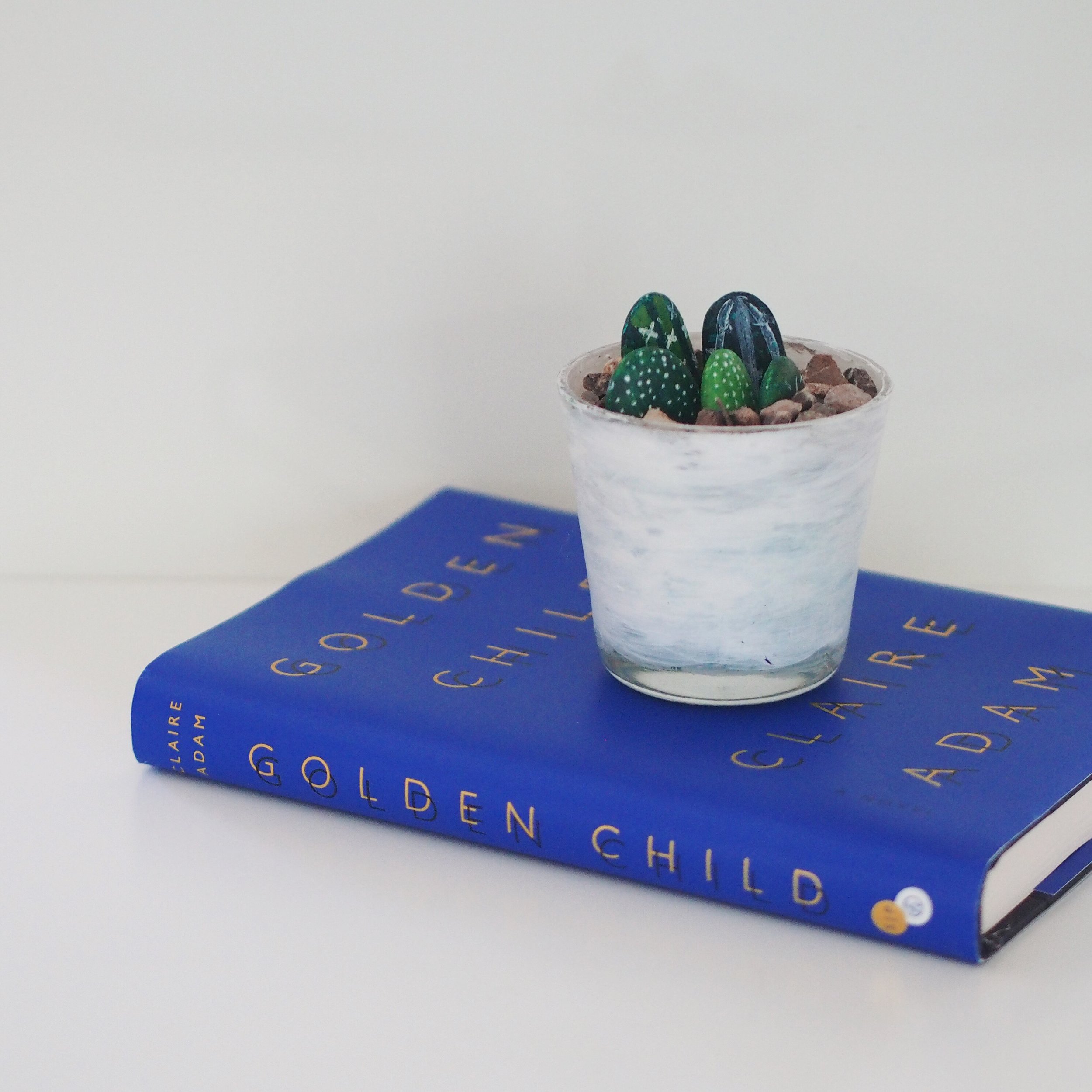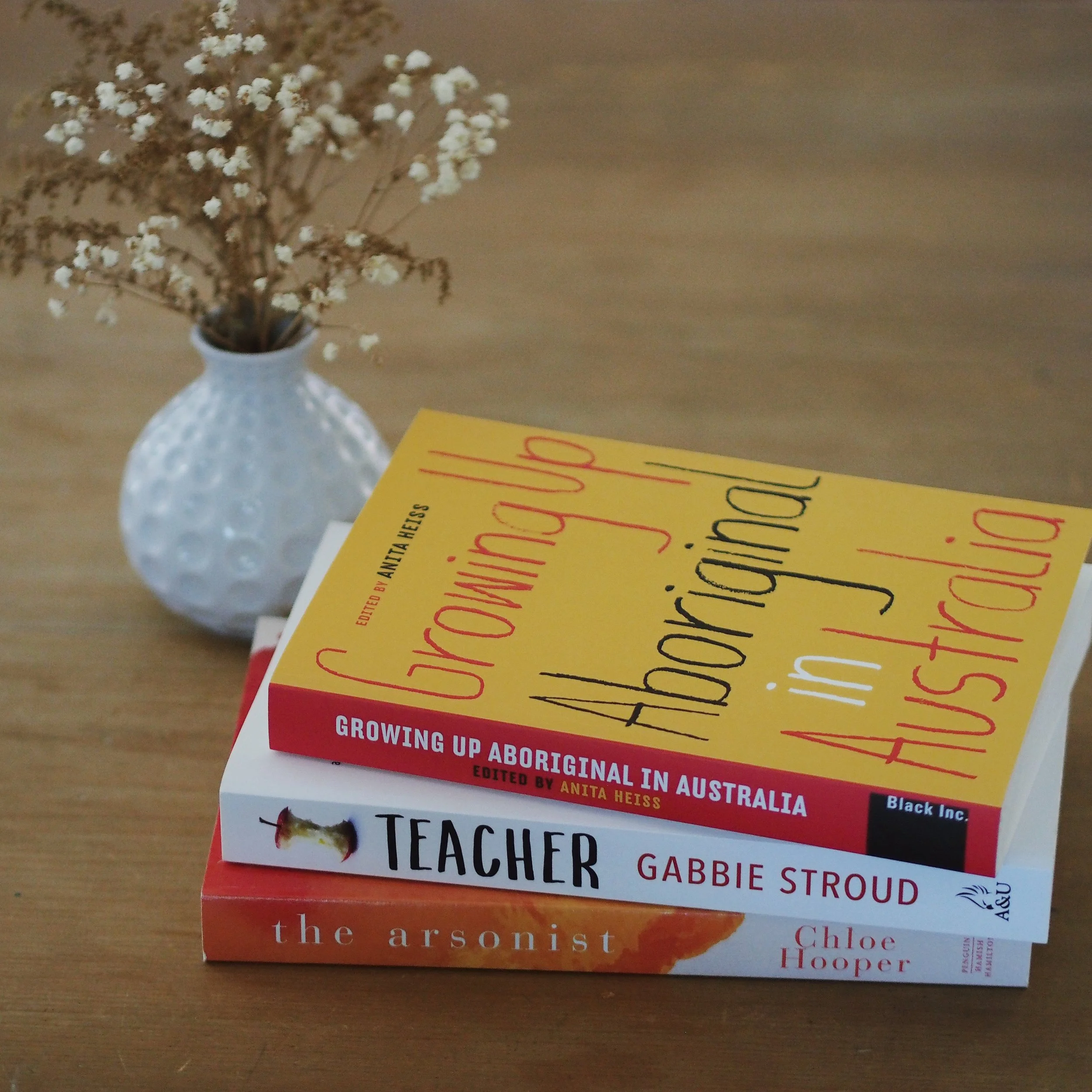A year of Lucy Maud: Kilmeny of the Orchard
This year, I’m excited to participate in a Lucy Maud Montgomery readalong, wherein we’ll be reading one of LMM’s lesser-known works each month. The readalong is being hosted by ChristineAndBooks on instagram, so do feel free to play along! The pick for January is Kilmeny of the Orchard, and it proved to be an… interesting first read for the year.
My copy of Kilmeny of the Orchard is an old Angus & Robertson Bluegum edition, the kind published in Australia in the eighties. These are the editions I knew and loved from my first experience with the Anne books — a pretty delicate border like a sprigged muslin print, with a watercolour pencil portrait of the story’s leading lady — and even now they evoke a little thrill of nostalgia and love.
But I never read Kilmeny when I was young, perhaps because as a lesser-known work it wasn’t easy to find at my local library or thrift store. Picking it up now, I didn’t bring to it the pre-existing relationship that I already have with Anne and Emily and Sara Stanley. Instead I dove in initiated only by the fierce and funny, intelligent, quirky, imaginative and brave heroines I’d previously come to know in Lucy Maud Montgomery’s novels.
It was a surprise to discover, then, a heroine who is no heroine at all but a very two-dimensional Edwardian figure of perfection and beauty who features not as a character unto herself but, rather, a transcendent object that the rest of the story whirls around. It’s notable that the Anne books and the Emily books were both written in a third person perspective that privileges the thoughts and adventures of their titular characters. Kilmeny of the Orchard, however, does not offer insight into Kilmeny’s interior world. Rather, the story is filtered through the eyes of Eric Marshall, a wealthy and gorgeous graduate who takes a substitute teaching post in a little town on Prince Edward Island in order to help out a friend.
Eric is clearly too high-born for this backwater town but he’s a sweetheart and makes a good go of it, unintentionally leaving a trail of broken hearts in his wake. One afternoon, however, he stumbles upon a vision of loveliness: out in an orchard, a girl of mythic beauty sits, playing exquisitely on a violin. He is drawn closer in wonder, the girl is startled and disappears. The girl, of course, is the Kilmeny, more fairy than human, utterly good, bewilderingly beautiful — and mute. I confess to a surprised laugh when I hit this discovery in the book. The fact that Kilmeny is so perfect, so wholesome (“virginal and white”, the narration describes her), and cannot speak feels like the worst kind of misogynist fantasy.
Eric is instantly in love with her, though he doesn’t yet recognise it. Instead, he finds her childlike and fascinating (and beautiful — always beautiful), and everything else in his life falls away as he seeks to get to know her and win her trust. This is the aspect of the story which made me most uncomfortable. Eric sees Kilmeny as a child, and yet he clearly desires her and delights to recognise that, under his friendship and tutelage, she is blossoming into a woman (ew, ew!). When he kisses her, the last of her girlhood self falls away and Eric sees a moment of adult awareness in her face — a moment that is both wonderful and sorrowful to him (and just plain icky to the reader).
Eric is devastated that Kilmeny is mute, not because he can’t marry someone who cannot speak (he’s not that shallow) but also not because he wants her to experience the full range of human expression. Instead, he’s devasted because a creature so beautiful surely must deserve the gift of a voice. According to the narration, Kilmeny’s beauty is her one primary virtue; it is the reason she is so beloved by her family and it is the reason Eric is so fiercely protective of her. When any speculation is made about the unfitness of the match — a wealthy heir to a promising company and an uneducated country girl — Eric’s answer is never, “Wait until you meet her.” Instead, it’s “Wait until you see her.” And sure enough, anyone who lays eyes on Kilmeny is immediately silenced. She is so beautiful that she and Eric must be destined to be together.
There’s also a whole bunch of cringey racism, an entire lack of any secondary plot, and a general sense of two-penny romance underdevelopment. All of this led me to suspect that Kilmeny of the Orchard was either a very early story or a very late one which was never fully completed. It turns out that Kilmeny was Montgomery’s third published work but was actually completed in a different form prior to the publication of Anne of Green Gables. The immaturity of the character development is consistent with an earlier story, but there are also hints of Montgomery’s trademark exquisite descriptions and her affinity with the outdoors, which offer a glimpse into the loveliness that awaits in her future stories.
The moral of Kilmeny of the Orchard appears to be that good things come to those who are beautiful, but I suspect the real message is that all of us have a terrible book inside of us; our job is to write our way through it and go on to better and richer stories. And perhaps hope that no one publishes the early ones.
Kilmeny of the Orchard
LM Montgomery
First published 1910, this edition 1988 by Angus & Robertson
218 pages






